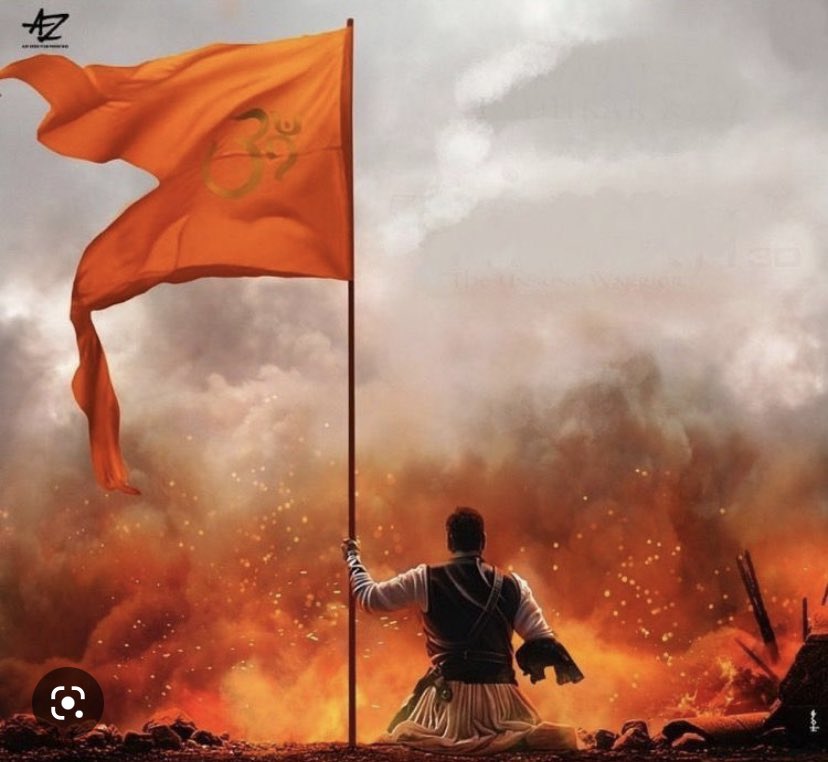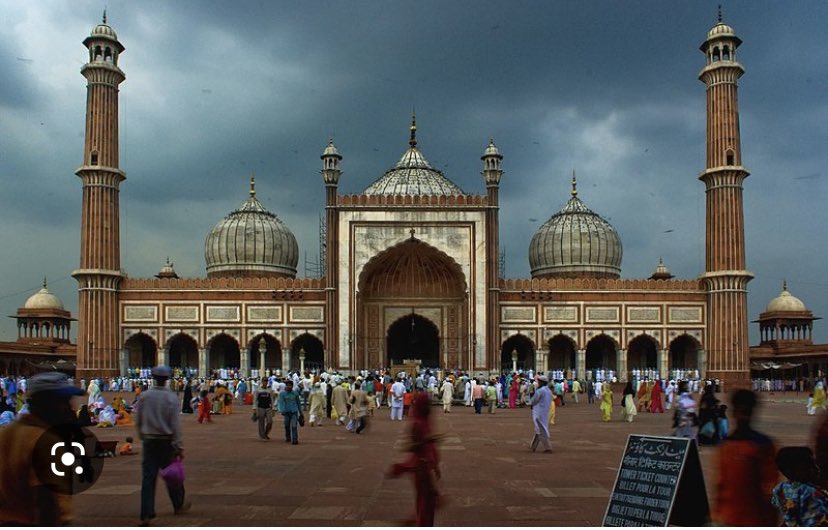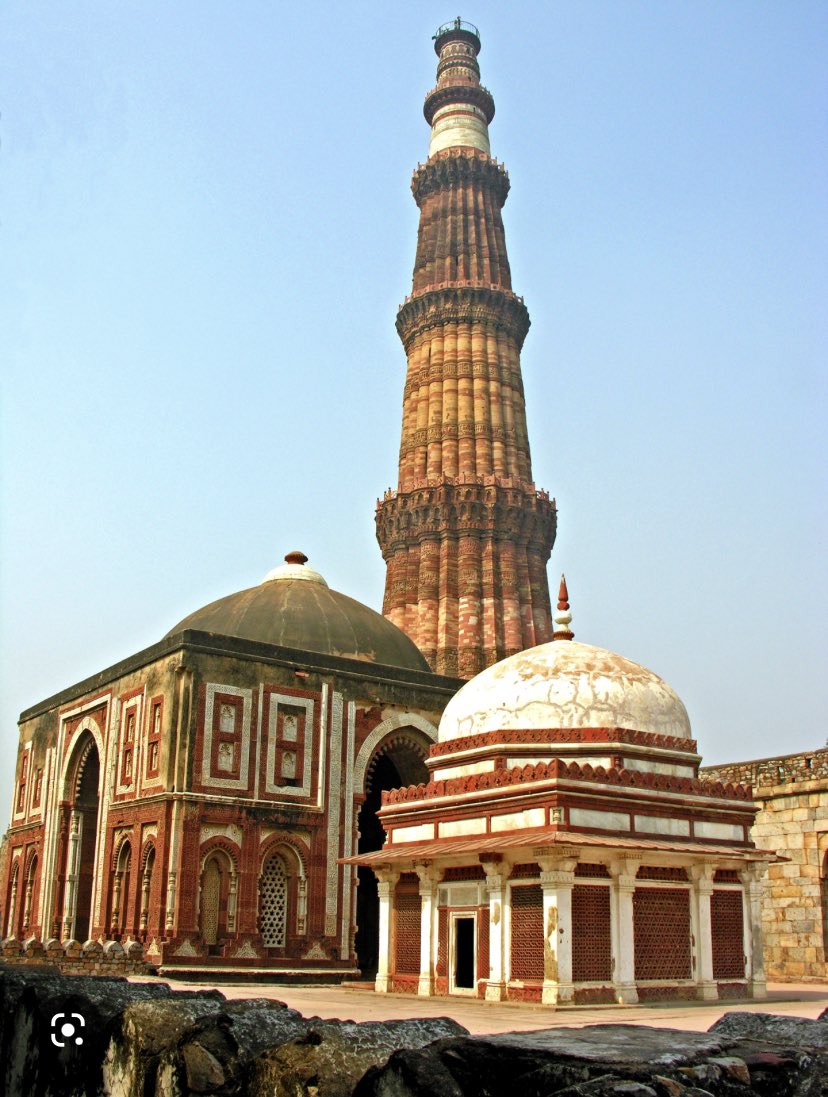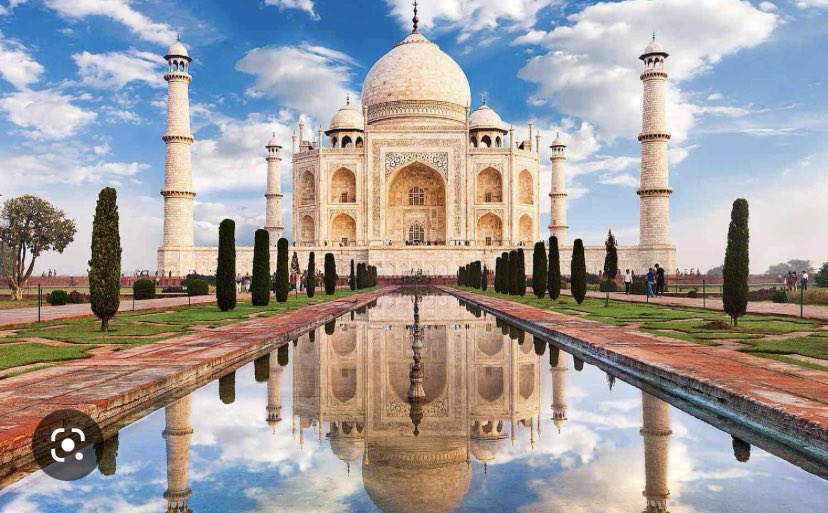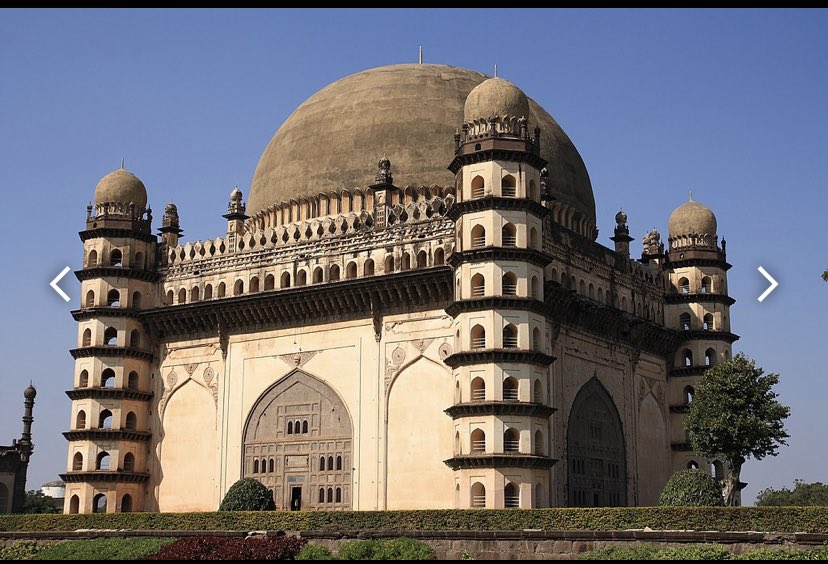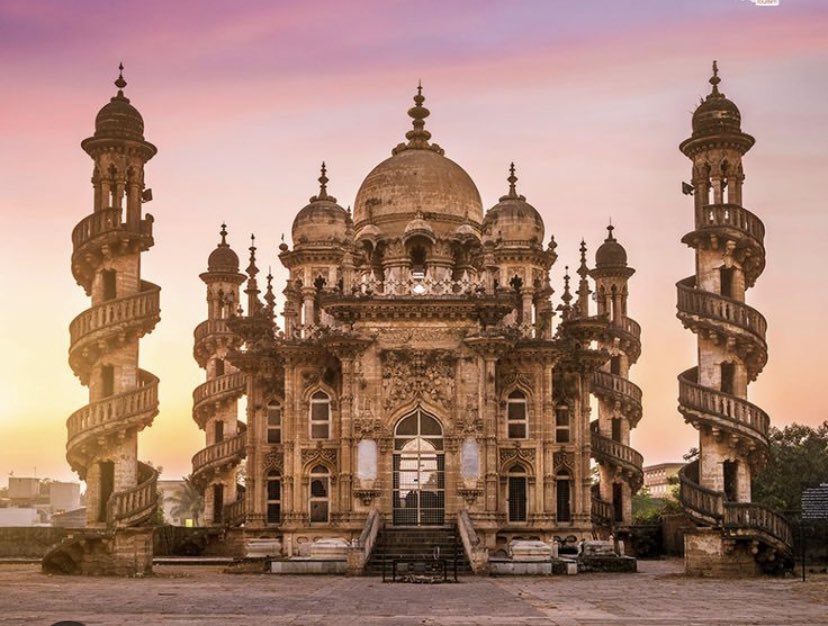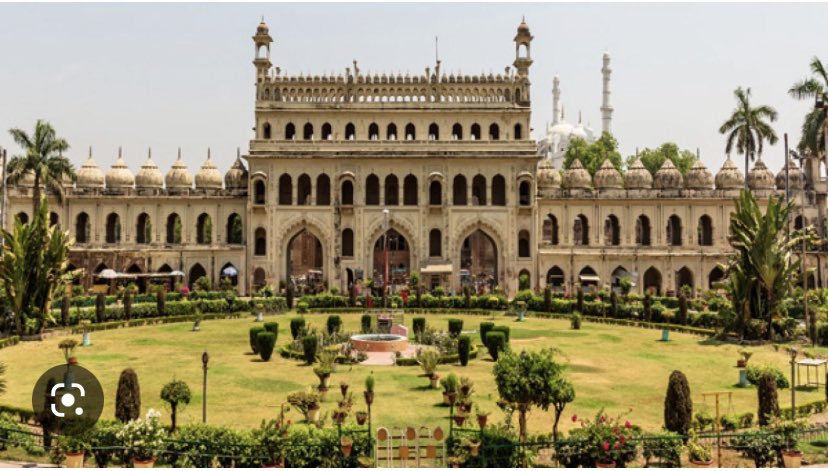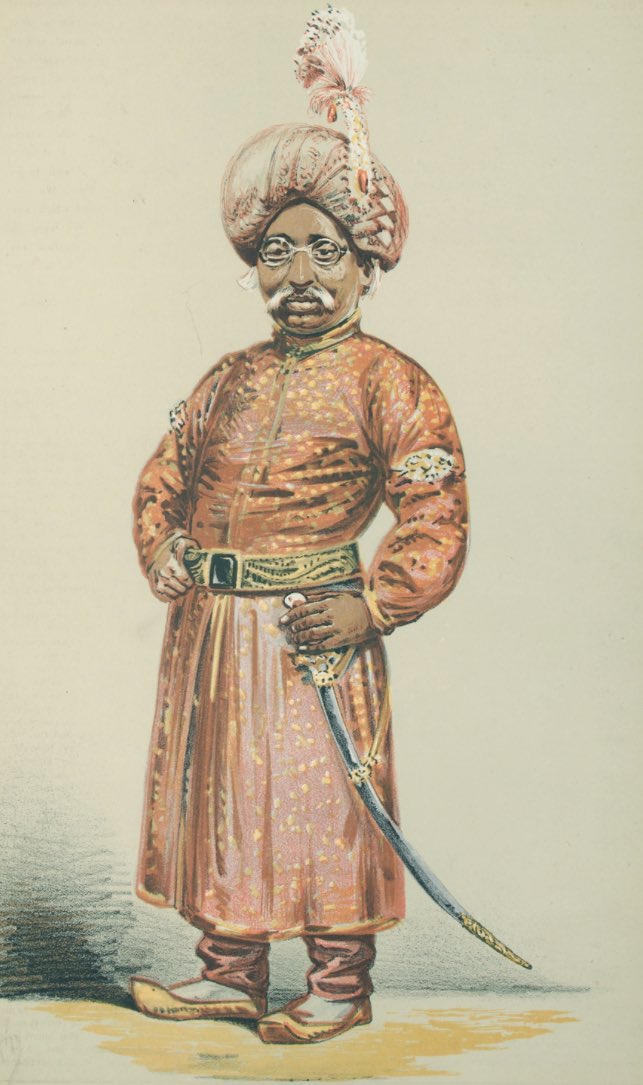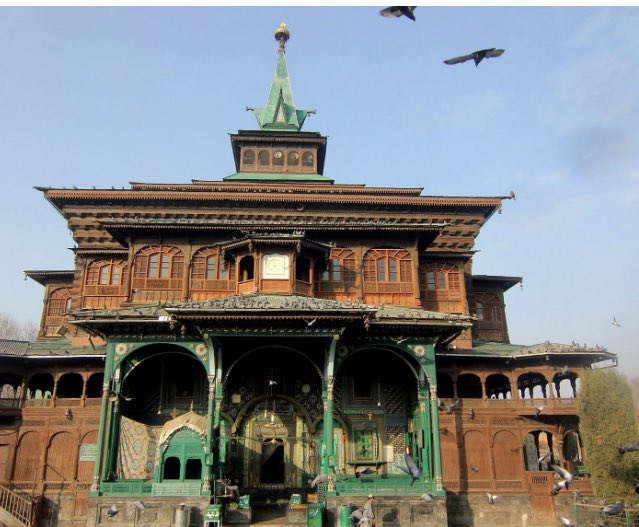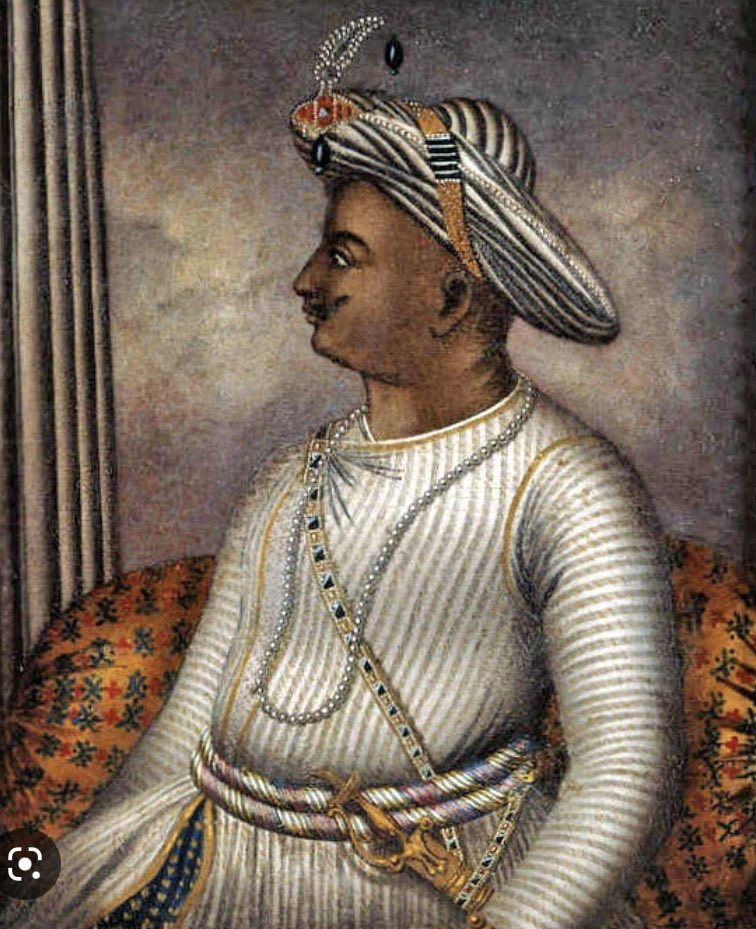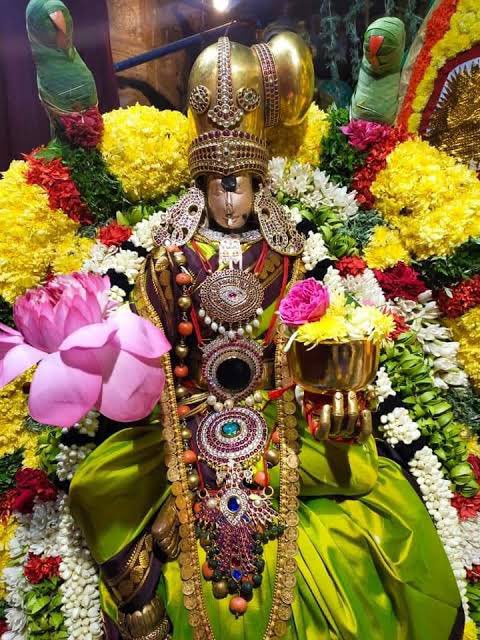How will next 10-15 years be different for India?
In the next 10 years,India will undertake massive infrastructure projects which will propel India to a $5 Trillion economy
A thread🧵on how India is spending big on Infrastructure upgradation like never before
Lets go👇
(1/17)
How big is India's Infra push?
India spent $14 Trillion on infrastructure in the 75 years since its independence.
$7 trillion was in the last 9 years.
Another $7 Trillion will be spent in the next 9 years!
Big Big Spending is coming in!
(2/17)
So where is this money being spent?
1. Roads
There has been an increase in the construction of National Highways (NHs)/roads over
time, with 10,457 km of roads constructed in FY22 as compared to 6,061 km in FY16.
(3/17)
In FY23(until October 2022), 4,060 km of NHs/roads were constructed, which was around 91 per cent of the achievement in the corresponding period of the previous financial year
(4/17)
The ambition is to take the rate of daily highway construction in India to 100km per day
Dubbed India’s ‘highway revolution’,
Rapid highway construction is central to the country’s push to transform itself into a staggering US$5 trillion economy by 2025.
(5/17)
